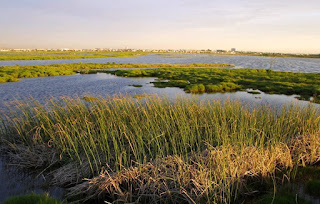Closing Thoughts

Thanks and much appreciation to everyone who has read my blog. I thoroughly enjoyed this assignment. I have never written a blog before and I found it to be very different experience from writing more formal essays. This blog has given me creative freedom to discuss areas in which I am interested. Further, it has given me a chance to cover a wide range of topics regarding water and food in Africa, instead of just one or two topics. Although I initially had a difficult time deciding where to start and what topics I wanted to discuss, as I read more articles and did more research, the next blog post idea just started coming to me. In the future, I would love to further explore the topic of water and food in Africa, as well as learn more about different issues regarding water, such as sanitation or politics.
If you are interested in learning more about topics regarding Water and Development in Africa, I highly encourage you check out my other classmates' blogs. A list of them can...





